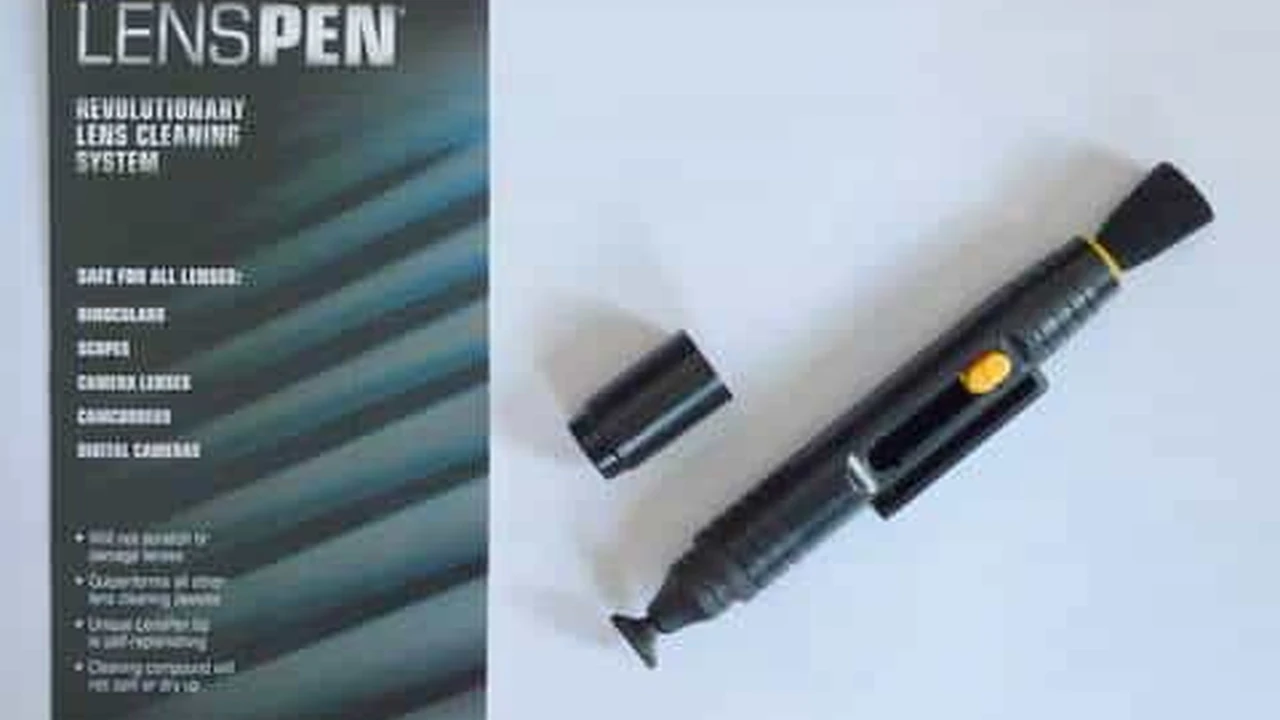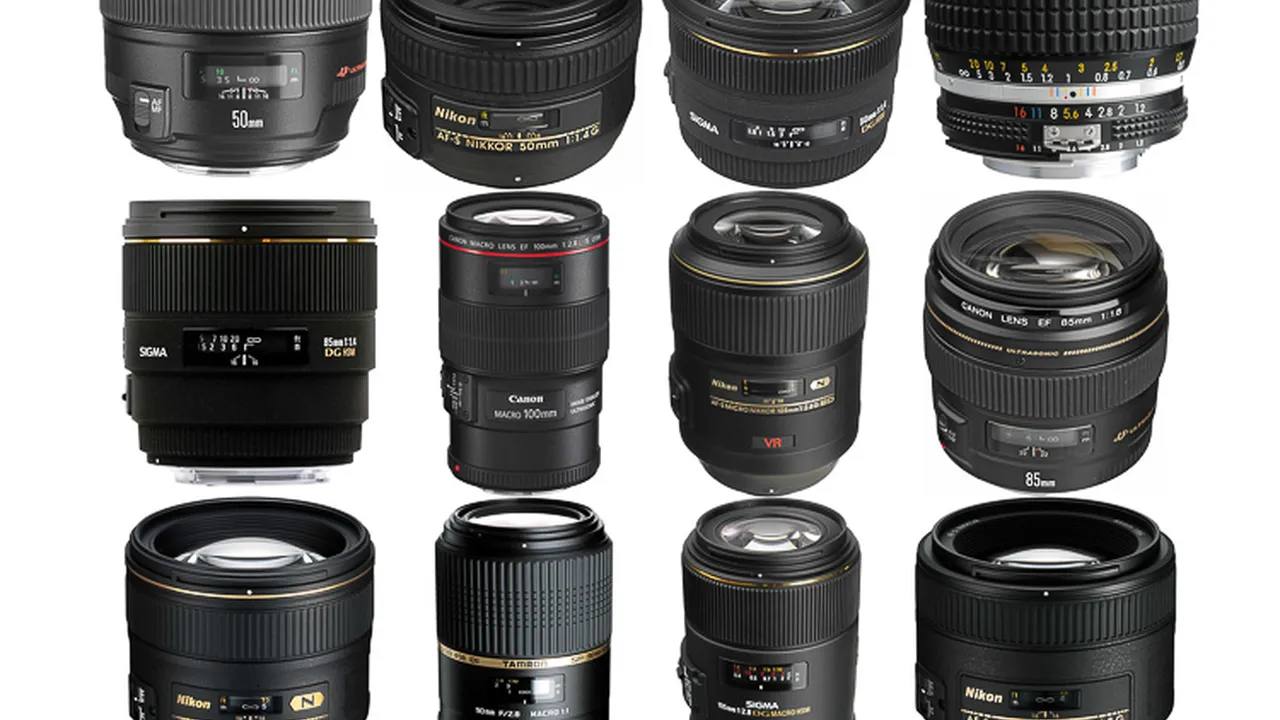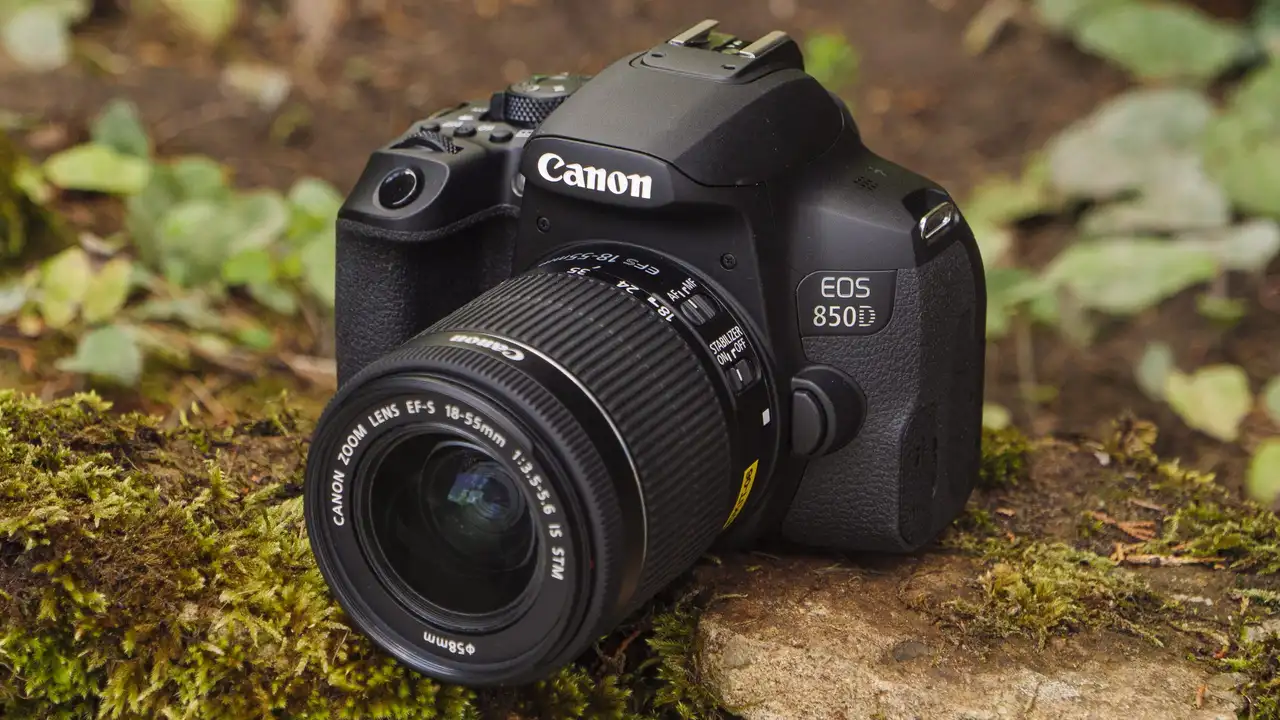Lens Cleaning: Keeping Your Lenses Spotless
Keeping your camera lenses clean is crucial for capturing stunning photos and videos. Dust, fingerprints, and smudges can significantly impact image quality, leading to blurry or distorted results. This guide provides comprehensive advice on lens cleaning techniques, product recommendations, and usage scenarios, ensuring your lenses remain spotless and your images crystal clear. We'll also compare different cleaning solutions and their prices, helping you make informed choices for optimal lens care.

Okay, so you’ve invested in some sweet lenses. You’re out there shooting, capturing amazing moments. But then… disaster strikes! A smudge, a fingerprint, a rogue bit of dust. Suddenly, your images are less crisp, less vibrant. Don’t panic! Cleaning your lenses is essential for maintaining image quality and prolonging the lifespan of your gear. But it's also something you need to do carefully. Let's dive in!
Understanding Lens Contaminants Photography Lens Cleaning Guide
Before we start scrubbing, let's talk about what we're up against. Common lens contaminants include:
- Dust: Airborne particles that settle on the lens surface.
- Fingerprints: Oily residue left behind from touching the lens.
- Smudges: General dirt and grime that accumulates over time.
- Water Spots: Mineral deposits left after water evaporates.
- Salt Spray: A particular problem for coastal photographers.
Each of these requires a slightly different approach, but the general principle is the same: remove the contaminant without damaging the lens coating.
Essential Lens Cleaning Tools Camera Lens Cleaning Kit Recommendations
You don't need a ton of fancy equipment to keep your lenses clean. A basic lens cleaning kit should include:
- Air Blower: For removing loose dust and debris. This is your first line of defense! Don't even THINK about wiping until you've blown off the loose stuff.
- Microfiber Cleaning Cloth: A soft, lint-free cloth specifically designed for cleaning lenses. Avoid using regular cloths, as they can scratch the lens coating. Get a good quality one – they're worth the investment.
- Lens Cleaning Solution: A specialized solution formulated to dissolve fingerprints and smudges without damaging the lens. A little goes a LONG way.
- Lens Cleaning Brush: A soft brush for gently removing dust from hard-to-reach areas.
- Cotton Swabs: For cleaning around the edges of the lens.
Step-by-Step Lens Cleaning Process Professional Lens Cleaning Techniques
Now for the main event! Here's a step-by-step guide to cleaning your lenses safely and effectively:
- Blow It Out: Use the air blower to remove any loose dust and debris. Seriously, do this thoroughly. Imagine you're trying to blow a feather off the lens.
- Brush It Off: If there's still dust clinging on, use the lens cleaning brush to gently sweep it away.
- Apply Cleaning Solution: Apply a *tiny* amount of lens cleaning solution to the microfiber cloth. Don't spray directly onto the lens! You want the cloth damp, not soaked.
- Wipe Gently: Gently wipe the lens in a circular motion, starting from the center and moving outwards. Don't apply too much pressure. Think of it as caressing the glass, not scrubbing it.
- Buff It Dry: Use a clean, dry section of the microfiber cloth to buff the lens dry.
- Inspect and Repeat: Check the lens for any remaining streaks or smudges. If necessary, repeat steps 3-5.
Product Recommendations and Usage Scenarios Best Lens Cleaning Solutions Compared
Okay, let's talk specifics. Here are a few products I recommend, along with their usage scenarios and approximate prices:
- Zeiss Lens Cleaning Kit: A popular and well-regarded kit that includes a lens cleaning solution, microfiber cloth, and air blower. Usage Scenario: General lens cleaning. Price: Around $15-$20. It's a solid all-rounder.
- VisibleDust Sensor Brush: Okay, technically for sensor cleaning, but the brush is also fantastic for removing stubborn dust from lenses. Usage Scenario: Removing stubborn dust particles. Price: Around $40-$60. A bit pricey, but worth it if you shoot in dusty environments.
- Rode Microfiber Cloth: Super soft and lint-free, perfect for delicate lenses. Usage Scenario: Polishing lenses after cleaning. Price: Around $10. You can never have too many of these!
- Isopropyl Alcohol (99%): A cheaper alternative to dedicated lens cleaning solution. Mix with distilled water (1:10 ratio). Usage Scenario: Cleaning oily fingerprints (use with caution!). Price: Around $5 for a bottle. Use this sparingly and only if necessary. Always test on a small, inconspicuous area first.
Comparing Lens Cleaning Solutions Price and Performance
So, which lens cleaning solution is right for you? Here's a quick comparison:
| Product | Price | Effectiveness | Pros | Cons |
|---|---|---|---|---|
| Zeiss Lens Cleaning Solution | $$ | High | Convenient, readily available, safe for most lenses. | Can be a bit pricey. |
| Isopropyl Alcohol (Diluted) | $ | High (for oily residue) | Very affordable. | Can be harsh if not diluted properly, use with caution. |
| Generic Lens Cleaning Solution | $ | Medium | Affordable. | May not be as effective as branded solutions. |
Price Key: $ (Under $10), $$ ($10-$30), $$$ (Over $30)
Lens Cleaning Scenarios When to Clean and When to Wait
Knowing when to clean your lens is just as important as knowing how. Here are a few scenarios:
- Before a Shoot: Always give your lenses a quick clean before heading out for a shoot.
- After Shooting in Dusty Conditions: Dust is your enemy! Clean your lenses thoroughly after shooting in dusty environments.
- When You See Smudges or Fingerprints: Don't wait! Clean them off as soon as you notice them.
- Avoid Over-Cleaning: Over-cleaning can actually damage the lens coating. Only clean when necessary.
Protecting Your Lenses Preventative Measures for Keeping Lenses Clean
Prevention is better than cure! Here are a few tips for protecting your lenses:
- Use a Lens Cap: Always keep a lens cap on your lens when it's not in use.
- Use a Lens Hood: A lens hood helps to block stray light and also provides physical protection for the lens.
- Store Your Lenses Properly: Store your lenses in a clean, dry place. Consider using a lens case.
- Avoid Touching the Lens Surface: Use the lens cap or hood to handle the lens.
Troubleshooting Common Lens Cleaning Problems Solutions to Lens Cleaning Issues
Sometimes, even with the best techniques, you might encounter problems. Here are a few common issues and their solutions:
- Streaks: If you're getting streaks, try using a different microfiber cloth or reducing the amount of cleaning solution.
- Haze: Haze can be caused by residue from cleaning solutions. Try using a different solution or buffing the lens more thoroughly.
- Scratches: If you've scratched your lens, there's not much you can do. Avoid using abrasive materials or excessive pressure in the future. Consider professional repair or replacement.
Advanced Lens Cleaning Techniques Deep Cleaning and Professional Services
For particularly stubborn dirt or grime, you might consider more advanced techniques. However, proceed with caution! If you're not comfortable, it's best to leave it to the professionals.
- Professional Lens Cleaning Services: Many camera stores offer professional lens cleaning services. This is a good option if you're dealing with a valuable lens or are unsure about cleaning it yourself.
- Using a Lens Pen: Lens pens have a cleaning compound on one end and a brush on the other. They can be useful for removing fingerprints and smudges, but be sure to use them gently.
So there you have it! Everything you need to know to keep your lenses sparkling clean. Remember to be gentle, use the right tools, and clean only when necessary. Happy shooting!
:max_bytes(150000):strip_icc()/277019-baked-pork-chops-with-cream-of-mushroom-soup-DDMFS-beauty-4x3-BG-7505-5762b731cf30447d9cbbbbbf387beafa.jpg)






